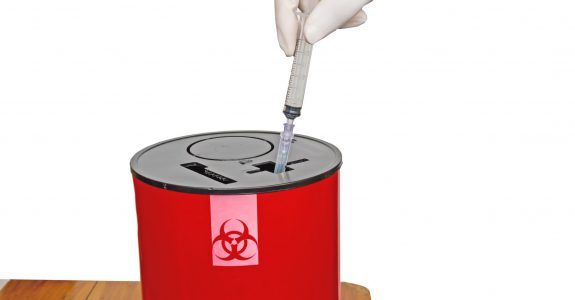Alex Cohen is the Director of Learning and Evaluation for the Richard M. Fairbanks Foundation.
In Indiana and across the United States, the opioid epidemic continues, with drug overdose deaths involving opioids exceeding 47,000 nationwide in 2017.
To help stem the tide, the federal government allocated $11 billion to states in fiscal years 2017 and 2018, according to a recently released report from the Bipartisan Policy Center. In Indiana, which received $159 million in federal opioid funding, this funding has been deployed by the state to strengthen prevention, treatment and recovery efforts and to support research and programs in the criminal justice system.
At first glance, Indiana’s portion of federal opioid funding seems in line with its need, at least as measured by the state’s number of opioid-involved overdose deaths. In 2017, the state had 1,176 overdose deaths involving opioids, the 15th highest among states. Its federal opioid funding ranked similarly at 19th overall.
But it’s important to note here that measures of deaths involving opioids are notoriously undercounted in official statistics.
Drug involvement in overdoses is determined by death certificates, many of which leave drugs unspecified. Those deaths with drugs unspecified are automatically counted as not involving opioids, which leads to undercounting.
Christopher Ruhm at University of Virginia and Jeanine Buchanich from University of Pittsburgh and her co-authors provide two approaches for “correcting” counts of opioid-involvement in overdoses. They find that not only are opioid-involved overdose deaths undercounted—the extent of undercounting varies across states.
And both Ruhm and Buchanich et al. find that Indiana has among the most severe undercounting, with corrected opioid-involved overdose death counts exceeding reported counts by as much as a factor of two.
Correcting Indiana’s data to account for this undercounting suggests that the state actually had between 2,100-2,400 opioid-involved overdose deaths in 2017, the 9th highest among states.
In other words, Indiana accounted for 4 percent of all opioid-involved overdose deaths nationwide but received 2 percent of federal opioid funding. If Indiana’s share of federal funding were proportional to its share of opioid-involved overdoses, then the state would have received an additional $157-$176 million—funding that could be used by the state to continue its efforts to address the opioid epidemic and help mitigate its impact in Indiana.
These numbers highlight the fact that having accurate data is critical to properly targeting resources. Especially for states like Indiana, where opioid-involved overdoses are particularly undercounted, better information on the severity of the opioid epidemic may lead to better allocation of funding and, in turn, larger impacts on the well-being of individuals in the state.
Note: Data for all 50 states and Washington, D.C., as well as additional details on the analysis, can be found ここ.
Tagged in: Alex Cohen, Indiana, opioid epidemic, Opioids



